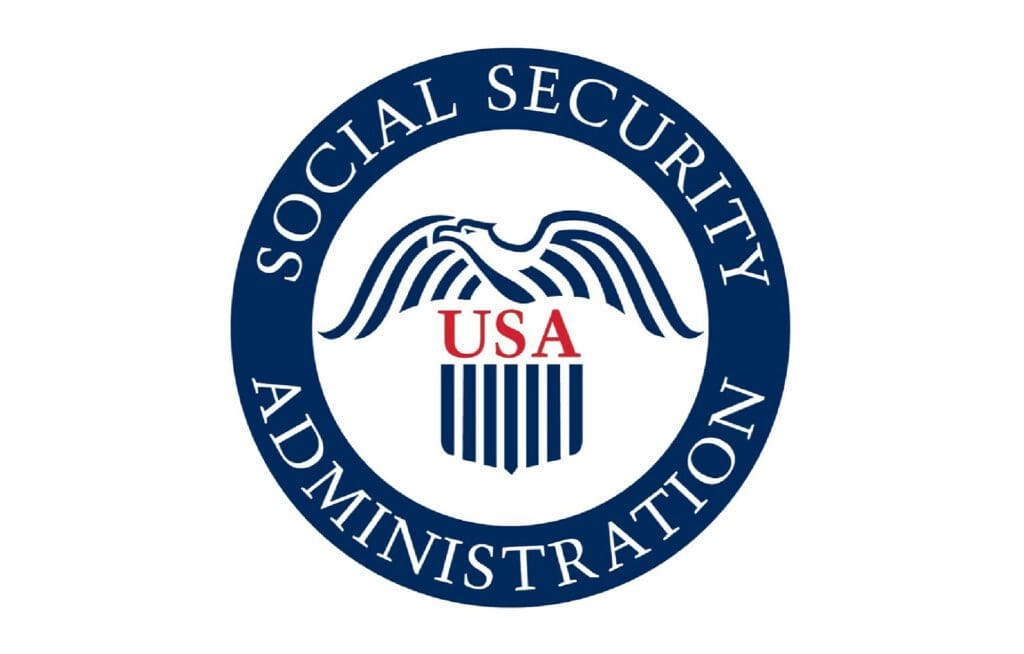Search Posts
Recent Posts
- Real Estate in RI: Seaside waterfront communities are all the rage. Who’s buying – Emilio DiSpirito June 6, 2025
- Outdoors in RI: 2A votes, Charter Yachts, active summer programs, garden tours, aquatic weeds… June 6, 2025
- All About Home Care, with two Rhode Island locations, closing after 22 years in business June 6, 2025
- GriefSPEAK: Angel wings with footprints – Mari Nardolillo Dias June 6, 2025
- Rhode Island Weather for June 6, 2025 – Jack Donnelly June 6, 2025
Categories
Subscribe!
Thanks for subscribing! Please check your email for further instructions.

Social Security learns from remote experience, plans field office openings – Herb Weiss
By Herb Weiss, contributing writer on aging issues
On March 17, 2020, as the COVID-19 pandemic rapidly spread throughout the nation, the Social Security Administration (SSA) issued a press release announcing that its offices would only offer phone service and online services.
However, in-person appointments at SSA were scheduled for critical issues, specifically for those who were without food, medicine, shelter, or those needing to apply for benefits or to reinstate them. This decision allowed SSA to provide critical services while protecting its employees and older beneficiaries, many with underlying medial conditions.
Congress Expresses Concern Over Closing of SSA Field Offices
Almost four months later, House Ways and Means Social Security Subcommittee chairperson John B. Larson (D-CT) and Republican Leader Tom Reed (R-NY) sent two letters to the SSA Inspector General Gail S. Ennis asking for a review of SSA’s telephone service during the COVID-19 pandemic and SSA’s process for obtaining medical evidence for disability claims.
The correspondence to SSA’s Office of Inspector General (OIG) noted that as the COVID-19 pandemic continues, beneficiaries are relying on their Social Security now more than ever. Except in dire need, beneficiaries are unable to access in-person services and are relying instead on telephone services.
Members of Congress warned that beneficiaries, especially those from vulnerable populations who lack internet connection especially in rural areas or don’t have a reliable phone number or mailing addresses, are struggling to gain access SSA while field offices are closed.
“As highlighted in the OIG’s recent report, even before the current crisis the pubic relied heavily in SSA’s telephone services, but often could not access timely information or assistance. In fiscal year 2019, SSA’s national 1-800 number and field offices received over 143 million calls – but handled fewer than to 3 of these calls. Callers who did not get a busy signal or give up while on hold waited to speak with an SSA employee for an average of 20 minutes on the 1-800 number and three minutes at field offices.
In addition, SSA requests millions of medical records each year from health care facilities and health professionals across the country to obtain evidence of an individual’s medical condition. The medical records request is an important part of the disability process, but the most recent report on this topic from the OIG is from 2001 and does not reflect changes to the process over the past nearly 20 years.
“Social Security benefits are earned by hard-working Americans, and we must do everything we can to ensure people are receiving the quality customer service they deserve. These reports will provide important information to make sure Americans are receiving the service they expect and deserve from SSA,” said Larson and Reed.

SSA Responds to the Closing of Field Offices
Almost two weeks ago, Ennis released a 58-page Congressional Response report, “The Social Security Telephone Service Performance,” detailing the impact on the closing of about 1,300 field offices.
The OIG found that in FY 2020, SSA received over 150 million calls, more than any other federal agency surveyed, and handled over half of those calls. Calls to field offices increased dramatically, from an average of 4.6 million calls per month leading up to the COVID-19 pandemic to an average of 7.5 million calls per month from April to Sept. 2020.
According to the OIG’s report, SSA’s telephone services shifted to more calls to field offices in FY 2020 when the agency closed its offices and provided the public with more field office telephone numbers. The increase in field office calls resulted in increased busy messages and wait-times toward the end of FY 2020. During the pandemic, SSA adjusted national 800 number operations to reduce wait times and the number of callers who received a busy message. National 800 number performance began to decline toward the end of the fiscal year, though it was still better then pre-pandemic performance.
When comparing SSA to 13 customer service call centers from 10 other federal agencies, SSA had a higher call volume in FY 2020 with similar or better performance.
To reduce wait times, improve caller experience, and ensure more calls are handled SSA hired additional 800-number staff, modified automated service options, and plans to implement a new telephone system.
“This [IOG] report highlights that SSA’s telephone services are vital to the American public. While I applaud the hard work of SSA employees, especially during the pandemic, the report also highlights actions that SSA is taking to reduce telephone wait times, handle more calls and improve caller experience, said Larson, noting that SSA will need more funding to do so and that is why he is supporting House Appropriations and Chair DeLauro’s proposal to give SSA an additional $1.1 billion in FY 2022.
Adds Reed, “This report provides clear evidence that with determined agency leadership and the hard work of dedicated staff, the SSA was able to respond to the largest management crisis in its history. With the almost 65 percent increase in phone calls during the pandemic the report also demonstrates the public’s clear and continued demand for access to the SSA’s vital services.”
Opening the Doors
According to newly released 19-page SSA reentry plan, after more than 18 months working from home, senior SSA leadership are beginning to return to their offices, in early December. Employees are scheduled to return to their desks by Jan. 3. Along with in-person appointments, the agency will now also embrace telework.
The agency will lift its current “work from home by quarantine” policy starting Jan. 2, at which point related collective bargaining agreements and pandemic policies will end as well. Reentry dates could change with the spread of the delta and omicron variant.
“We will use the evaluation period to develop, assess, and, if necessary, adjust any personnel or operational policies to provide public service and accomplish our mission as well as or better than, before the pandemic,” the SSA reentry plan reads. “Each [deputy commissioner] will evaluate their operations to identify ways to improve service, hire and retain the best employees and to operate efficiently including the consideration of potential space savings resulting from increased telework and information technology improvements.”
Over the next six months, the agency will review metrics on customer satisfaction, employee experience, service availability, workload, and environmental considerations.
“Throughout the pandemic, Social Security has helped many people through in-person appointments for certain situations in local offices nationwide and through options like online, telephone and video service,” Nicole Tiggemann, an SSA spokeswoman, said in an email to AARP, reported by Writer John Waggoner in his Nov. 11 blog posting, “Social Security Takes Steps to Reopen Field Offices.
“We know that those options do not work for everyone, says Tiggemann. “In order to improve service, especially for people who have had difficulty reaching us during the pandemic, Social Security will begin implementing the reentry process agencywide as soon as possible, including taking steps to increase in-person accessibility,” she said.
AARP applauds a return to normalcy at SSA. “Obviously, from our point of view, we’d like to see those offices open and staffed as soon as possible,” says Joel Eskovitz, director of Social Security and Savings at the AARP Public Policy Institute,” in Waggoner’s blog posting.
_____
To read all Herb Weiss’ columns, go to: https://rinewstoday.com/herb-weiss/

Herb Weiss, LRI’12, is a Pawtucket writer covering aging, health care and medical issues. To purchase Taking Charge: Collected Stories on Aging Boldly, a collection of 79 of his weekly commentaries, go to herbweiss.com.
